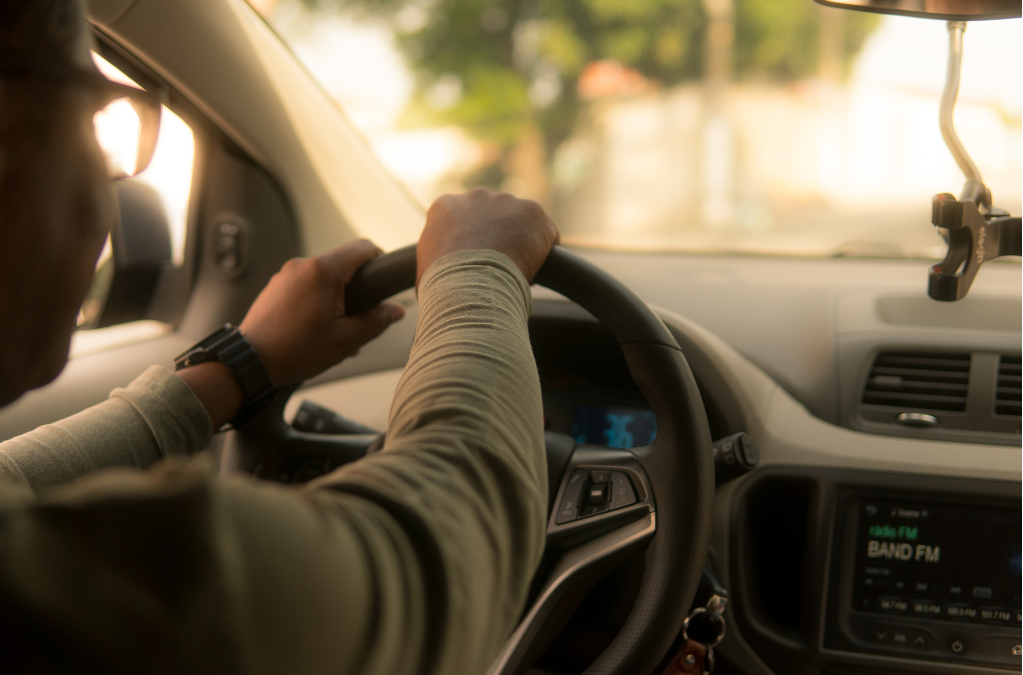The California Graduated Driver License | Empowering Teens on the Road
Teens & Parents
Getting behind the wheel for the first time is an exciting milestone in a teenager’s life. In California, the journey to becoming a responsible and safe driver starts with the Graduated Driver License (GDL) program. This program is designed to provide teens with valuable experience and guidance as they transition into full-fledged drivers. In this blog article, we’ll explore the California Graduated Driver License, its components, and why it’s crucial for teen drivers.
This blog may contain affiliate links, and if you make a purchase through these links, we may or may not earn a commission at no extra cost to you.
Understanding the California GDL Program
The California GDL program is structured to ensure that teens gain essential driving skills while gradually assuming more significant responsibilities on the road. It consists of three stages:
1. Learner’s Permit (Stage One)
-
- Teens can apply for a learner’s permit at age 15½.
- To obtain a learner’s permit, applicants must pass a written knowledge test and a vision test.
- While holding a learner’s permit, teens must be accompanied by a licensed adult who is at least 25 years old when driving.
- Learner’s permit holders are required to complete 50 hours of supervised driving, including ten hours at night, with their adult supervisor.
2. Provisional License (Stage Two)
-
- After turning 16 and completing the learner’s permit requirements, teens can obtain a provisional driver license by successfully passing the DMV drive test.
- Provisional license holders can drive unsupervised but with certain restrictions during the first year.
- Restrictions include no driving between 11:00 PM and 5:00 AM unless accompanied by a licensed adult or for essential travel to/from work or school.
- Additionally, provisional license holders cannot transport passengers under the age of 20 unless accompanied by a licensed adult over 25.
3. Full Driver’s License (Stage Three)
-
-
Once teens turn 18, they can obtain a full, unrestricted driver’s license.
-
By this stage, they have gained valuable experience and have demonstrated their ability to drive safely.
-
Why the California GDL Program Is Important
-
- Gradual Skill Development: The staged approach allows teens to develop their driving skills progressively, reducing the risk of accidents.
- Safety: The nighttime driving restrictions and passenger limitations during the provisional stage promote safer driving practices among teens.
- Experience: Teens gain vital on-road experience under the supervision of experienced drivers, contributing to their overall driving competence.
- Responsibility: The program instills a sense of responsibility and accountability in teen drivers, emphasizing the importance of safe driving habits.
- Reduced Risk: Research has shown that GDL programs have contributed to a reduction in teen accidents and fatalities on the road.
The California Graduated Driver License program is a crucial step in preparing teen drivers for the responsibilities of the road. By gradually allowing teens to gain experience and demonstrating safe driving habits, the program ensures that new drivers are well-equipped to navigate California’s roadways safely. It’s a testament to the state’s commitment to promoting responsible and skilled teen drivers, ultimately contributing to road safety for everyone.
Drive with Confidence!
Keep up with all the latest driving news. Expolre our blog packed with essential tips and expert advice on all things related to DRIVING!




